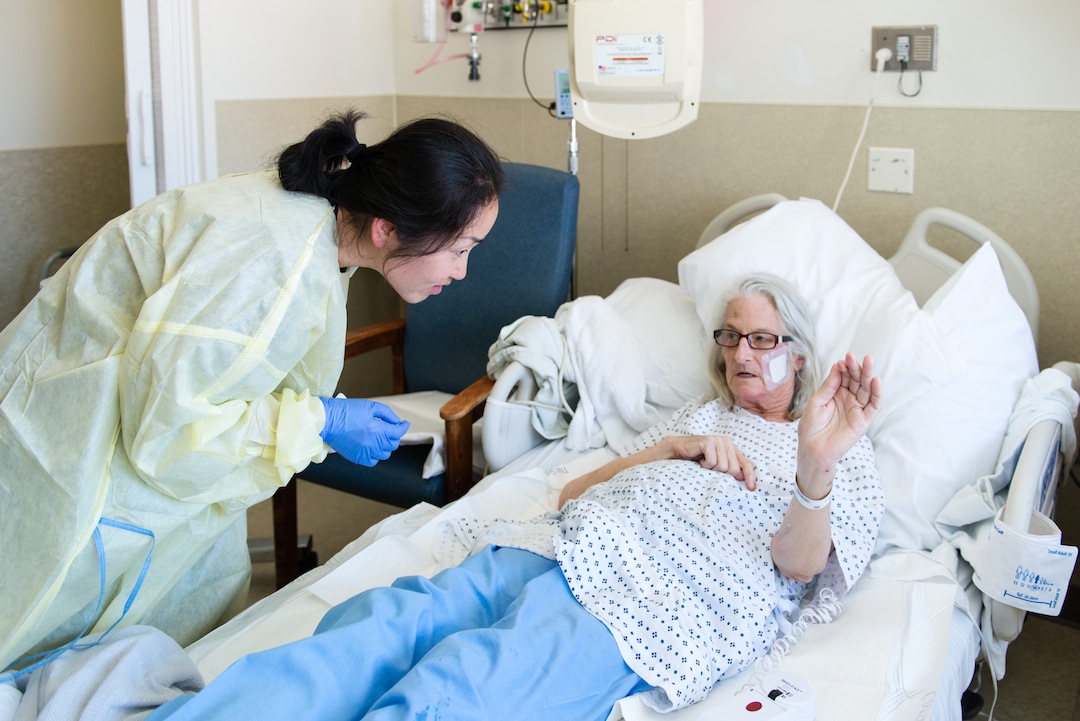Pressure ulcers, also known as bedsores, are among the most common health problems in nursing homes and hospitals nationwide. A pressure ulcer is a skin injury caused by prolonged pressure on the area that comes in contact with a bed or a wheelchair. Hospitalized patients and nursing home residents with limited mobility are more likely to develop bedsores. More often than not, pressure ulcers can result in life-threatening bone and tissue infections. In the United States, pressure ulcers are responsible for nearly 60,000 deaths annually.
Relatives and family members of nursing home residents and hospitalized patients often hire nursing home bedsores lawyers to recover compensation for their loved one’s pain and suffering. More than 17,000 lawsuits related to bedsores are filed each year for reimbursement. Pressure ulcers cost around $9.1-$11.6 billion per year in the US. Due to patient morbidity, treatment cost, and legal issues, bedsores have become a national concern.
Fortunately, pressure ulcers are preventable. In fact, it is easier to prevent pressure ulcers than treat them.
Here are five quick tips for preventing bedsores in nursing home residents:
- Regular Inspection and Risk Assessment
One of the key practices of preventing bedsores is to inspect all nursing home residents regularly. Regular inspection and risk assessment can help identify ulcers and implement preventive measures at an earlier stage.The treatment of stage I and stage II ulcers is easier compared to Stage III and IV bedsores. So, make sure to check every resident for the early signs of pressure ulcers. Non-blanching erythema (tissue redness that does not turn white by a light finger pressure) is usually the first sign of a pressure sore. The Braden Scale is the most commonly used tool for predicting the development of decubitus ulcers. - Frequent Repositioning
Humans have a tendency to shift their positions even when sleeping. Sometimes, however, a medical condition may prevent a senior citizen or a hospitalized patient from moving in his/her bed. Limited mobility often leads to bedsores in the pressure areas of the skin. These areas may include the tailbone (coccyx), shoulder blades, hips, heels, and elbows.All residents should be encouraged to reposition themselves as frequently as possible. If they can’t do so on their own, the nursing home caregivers or nurses should help them change positions. Just make sure to consider the resident’s comfort when changing his/her position. It is essential to reposition a bedridden patient every couple of hours, and every half an hour for a resident in a wheelchair. It is, however, a challenging task to reposition all residents every couple of hours, especially for a busy hospital. - Use Pressure Redistribution Devices
Another great way to prevent bedsores or decubitus ulcers is to use pressure redistribution devices. These devices may include pressure redistribution mattresses and cushions, heel troughs, splints, and pillows, among others. Using such equipment not only reduces the chances of developing bedsores, but also makes it easier to treat them if they arise. Air fluidized mattresses can be used to make the bed softer than the usual mattress. You can turn the air on and off periodically to relieve the pressure.Apart from using pressure redistribution devices, healthcare centers and nursing homes have started using different breakthrough technologies to prevent bedsores. For example, the Veterans Administration Boise Medical Center recently started using the Leaf Patient Monitoring System to reduce the risk of decubitus ulcers. The technology offers a new line of defense against one of the most threatening hospital-acquired infections. - Provide Proper Nutrition to Increase Skin Tolerance
Good nutrition can not only heal pressure ulcers, but also prevent them. Healthy food can maintain a good-looking and well-hydrated skin with reduced risk of bedsores. Nursing home staff and hospital nurses need to make sure that their patients get the recommended diet, which is rich in protein, fiber, vitamins, and liquids. Proteins can keep a patient’s skin tissue from breaking down. Zinc and Vitamin C can help heal the wounds. Proper nutrition can also increase skin tolerance.Consult with doctors and nutritionists in your team to create a diet plan for the patients under your care. Remember, every patient may have unique dietary needs. So, you may have to create a customized plan for every resident or patient. Most patients with limited mobility may also need assistance when eating to get proper nutrition. - Provide Proper Skin Care
Proper skin care can reduce the risk of decubitus ulcers significantly. Caregivers and nurses have the responsibility to check the patient’s skin at least twice a day, especially the ones with extremely limited or zero mobility. Be sure to keep the skin dry and well-hydrated. Use mild soap for bathing, and dry the skin gently to remove moisture, which often increases the risk of the development of pressure ulcers. If necessary, you can apply lotions or creams to keep the skin clean and dry. Bedsore-prone areas such as armpits and groin may need to be washed and dried more than twice a day.Urinary or bowel incontinence is a common problem among nursing home residents or elderly patients. Urine and stool contain harmful bacteria and irritants, which may increase the risk of developing pressure ulcers. It is, therefore, necessary to clean them up immediately to prevent the breakdown of skin and bone tissue. Soak the patient’s feet and hands in warm water and scrub them gently to prevent the formation of callus. You can also use moisturizing creams to soften dead skin.
Prolonged pressure on the skin can cause skin and bone tissue damage known as bedsores or pressure ulcers. Malnutrition and limited or zero mobility are the two biggest contributing factors to this health problem. Pressure ulcers can be life-threatening among nursing home residents and elderly patients. Unfortunately, they are difficult to treat. It is, however, possible to prevent them with proper skin care and nutrition. The above five tips will help you reduce the risk of developing pressure ulcers.
